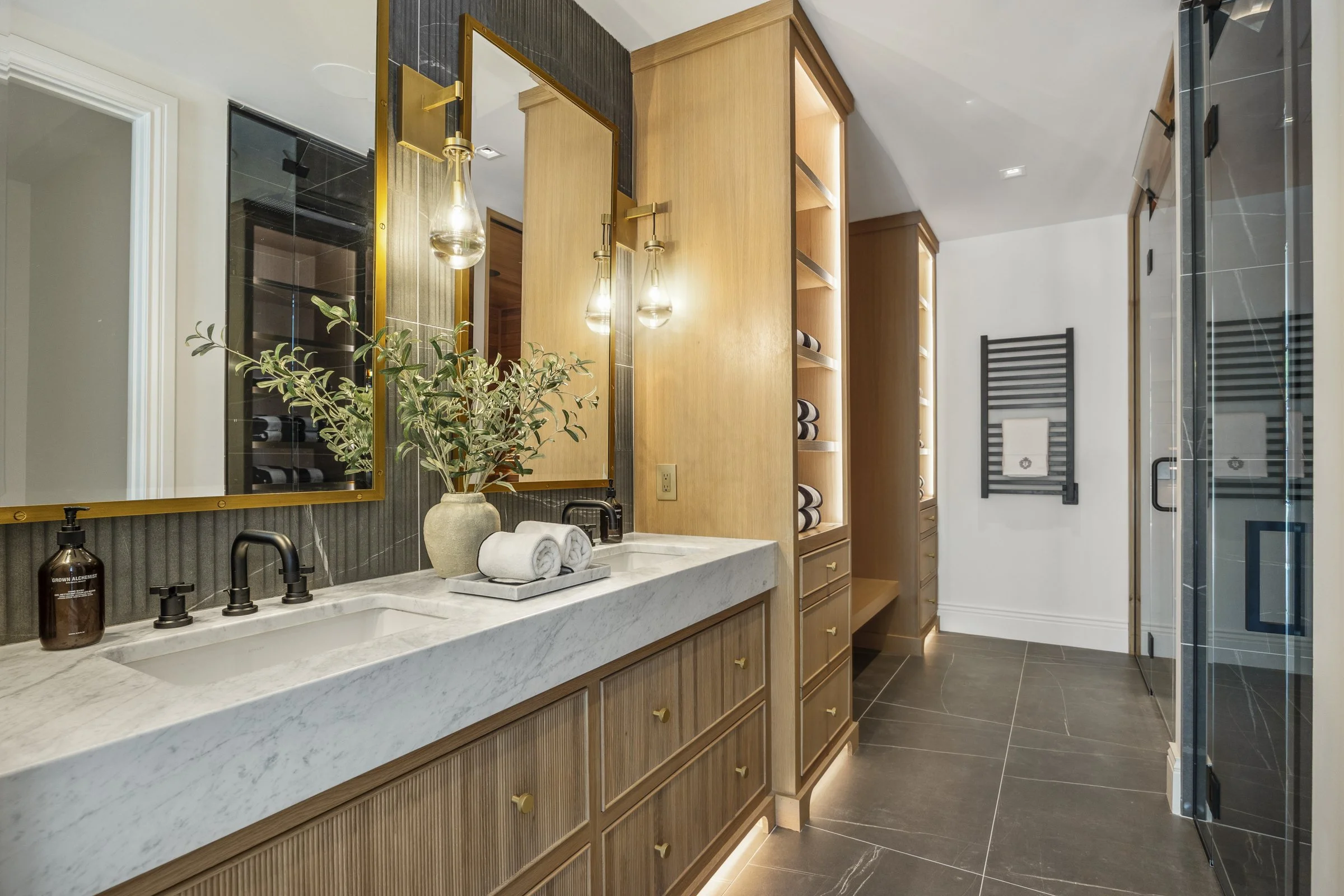How to Maintain Proper Humidity Levels in Your Home
/Living in Minnesota, we’re accustomed to changing humidity levels in our homes. In the winter, we experience dry air - which can effect how we feel (dry throats, itchy skin, etc.), but can also have effects on our homes.
It’s important to maintain the proper humidity levels in your home to keep them comfortable & to take care of products used to build them. Indoor humidity levels should be between 30-40% - keep in mind, as the temperature gets lower, the lower the humidity level should be in the home.
To measure the humidity levels in your home, you can purchase a hygrometer. This is an inexpensive gauge that looks like a thermometer. Once you have a better idea of how humid your spaces are, you can take the steps necessary to make it more ideal.
Humidity Too Low
Low humidity means your home will be dry. Without the proper moisture your home may experience drywall cracks, hardwood floor seams splitting (shrinking), wood cracking, millwork shrinking or cracking. Low humidity is common in Minnesota because of our colder temperatures. This can be solved by increasing humidity in your home by using a humidifier. These must be kept clean, changing the filters regularly according the the manufacturer’s instructions. Make sure you purchase a humidifier that will cover the necessary square feet for your area (so that you’re not constantly refilling water).
Humidity Too High
High humidity can also cause damage to your home, and it’s a breeding ground for mold, rot, and insects. A lot of homeowners may fall victim to high levels because homes are built more efficiently to prevent energy loss from heating & cooling. Which means they seal in a lot of moisture. If humidity is too high, you can purchase a dehumidifier. This pulls moisture out of the air, and you’ll need to empty the water from it regularly.
When building with Zehnder Homes we always suggest adding a humidifier to your furnace to help control the humidity levels in your home automatically. While you’ll still want to keep an eye on it, this should greatly decrease the amount of effort put in to controlling the levels in your home.


